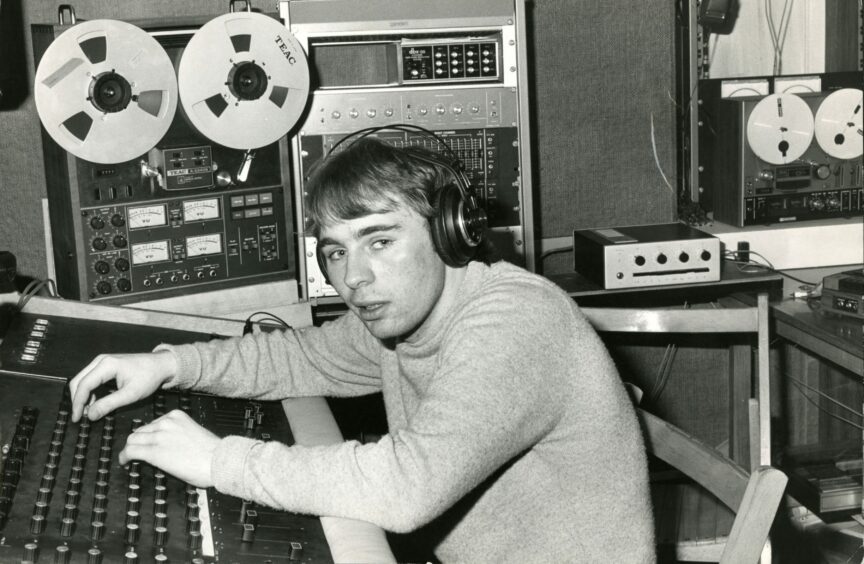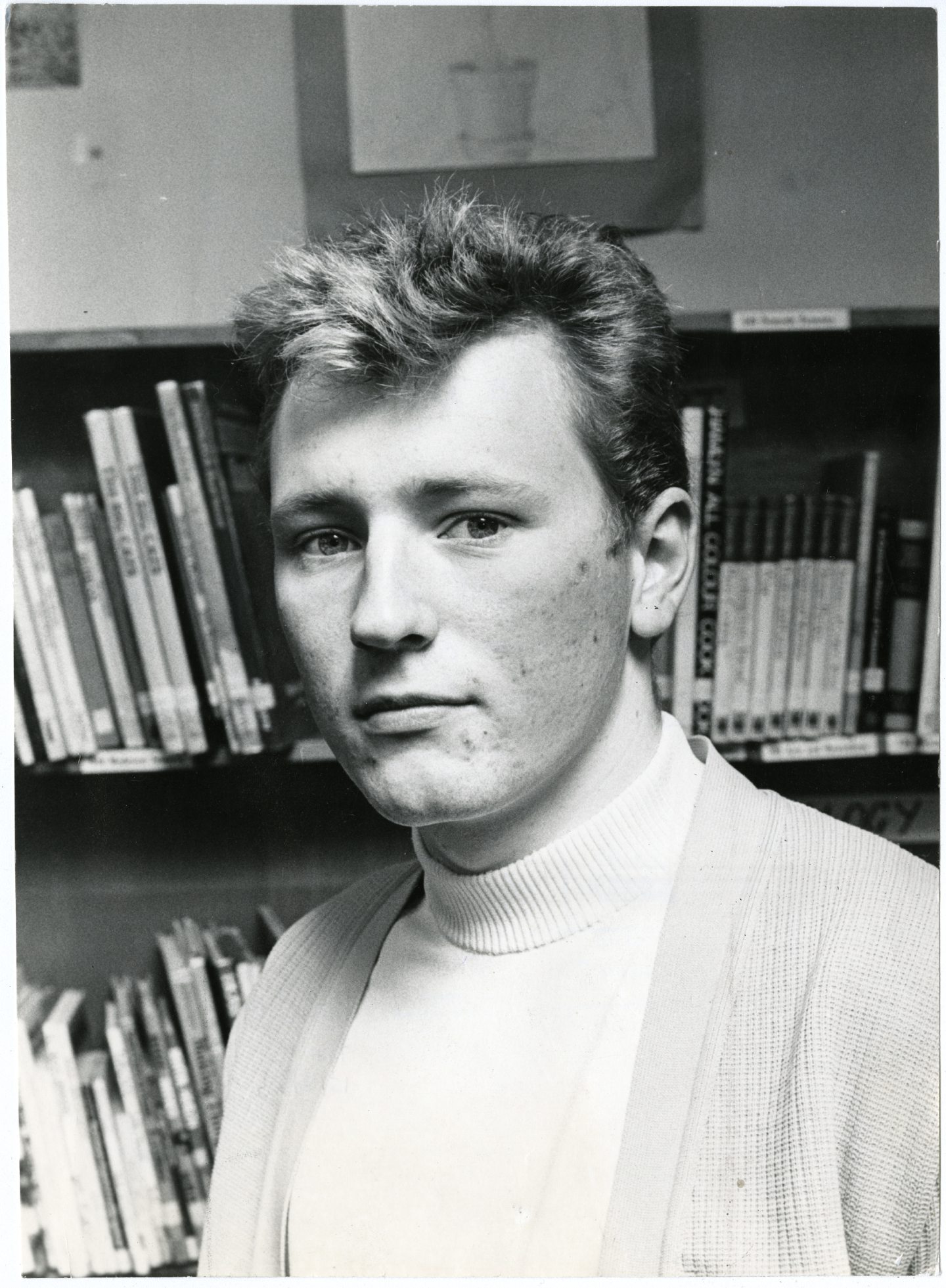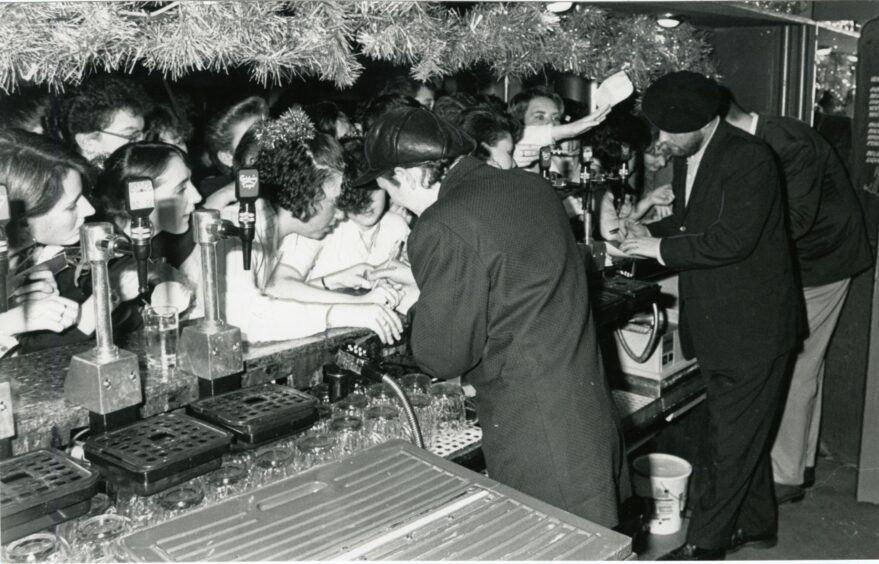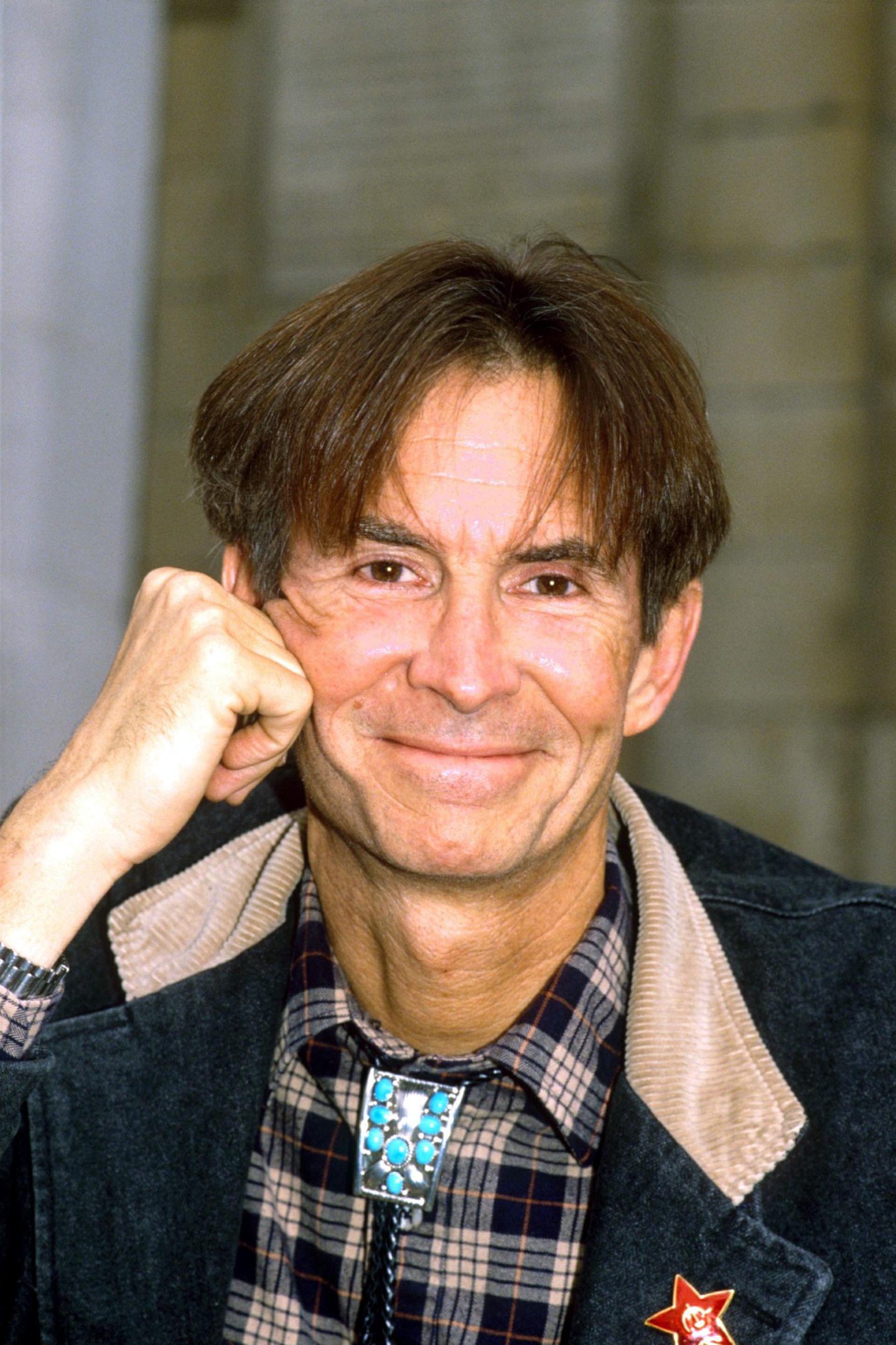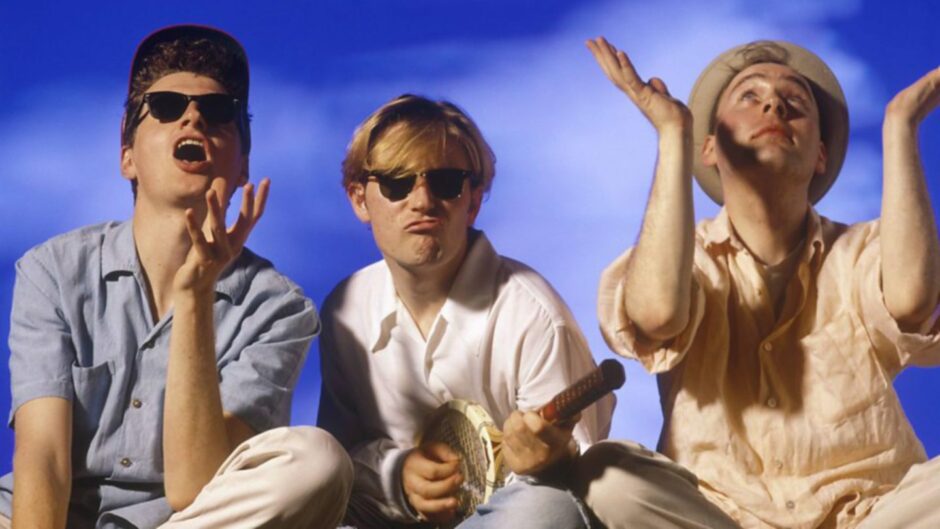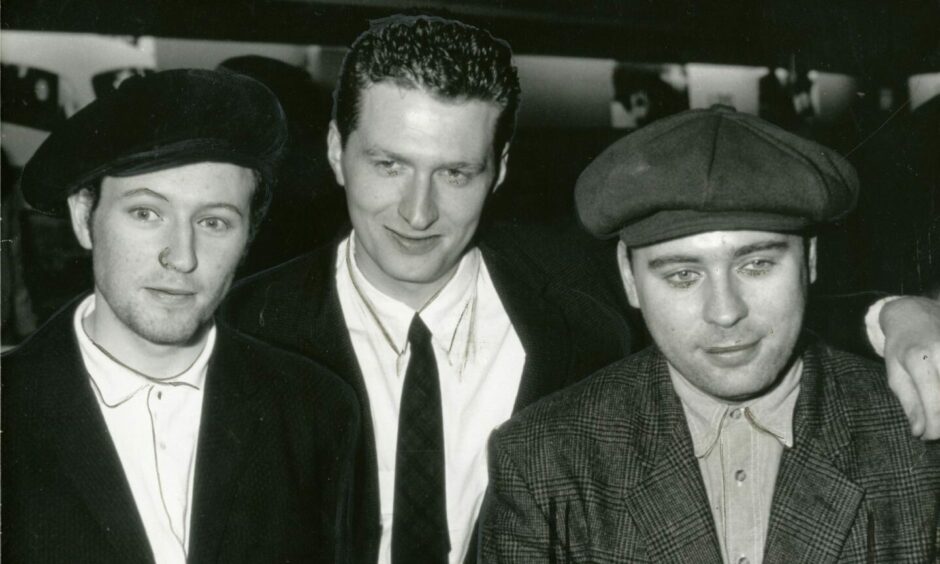
Dundee band Danny Wilson struck gold at the third time of asking when Mary’s Prayer became a UK chart success in April 1988.
The line-up of brothers Gary and Kit Clark and their friend Ged Grimes were the band of the moment and became household names overnight.
They had achieved something very rare in the music industry: slow-burning success.
Danny Wilson grew out of Clark’s Commandos, which was formed by Gary and former classmate Ged when they left Dundee to seek fame and fortune in London.
Again, though, success proved elusive.
Gary and Ged returned to Dundee and decided to rethink the band’s sound and brought Kit onboard, who had grown into a formidable musician in his own right.
They called themselves The Scots Porridge Notes.
The band raised money by busking in the Overgate and Murraygate during the summer and for crowds of Japanese and American tourists at the golfing mecca of St Andrews.
They became Spencer Tracy, after the Hollywood movie star, and began playing pubs and venues and recorded a demo tape that was constantly rejected by record labels.
Until everything changed.
Music journalist Bob Flynn watched the band playing a gig in a bar in Edinburgh and wrote a review in music newspaper Melody Maker.
The review was so good that the band now had its choice of record labels.
Virgin Records won the day in July 1985 because of their sheer passion for the music and their willingness to give the band complete artistic control.
They were obliged to change their name after objections from Spencer Tracy’s estate and the new moniker came from the 1962 Frank Sinatra movie Meet Danny Wilson.
The band originally started recording the album Meet Danny Wilson at PUK Studios in Denmark and spent the weeks up until Christmas 1986 finishing it off in New York.
Why New York?
Howard Gray was producing the first half of the album at PUK and played I Only Have Eyes For You, the 1985 album by Lester Bowie’s Brass Fantasy, through the speakers “as an example of how great this process could sound”.
The band fell head over heels in love with the music.
By sheer coincidence, Bowie’s Brass Fantasy were playing Copenhagen when Danny Wilson were still in Denmark and they went to the gig and spoke to Bowie afterwards.
The great St Louis trumpeter was so taken with them that he agreed to collaborate on the album and invited the band to their studio in Brooklyn.
But there was just one snag.
With no money to make the trip to the States for the recording sessions because of budget restrictions, the band went to the very top: Virgin supremo Richard Branson.
After hearing an impromptu performance in his office, Branson agreed to give the trio free flights in return for entertaining the Virgin Atlantic passengers in mid-air.
Mary’s Prayer was released as the first single in February 1987.
The initial UK release in February 1987 peaked at number 86, although the single became a success in the US, where it reached number 23 in the summer of 1987.
A UK re-release following the US success only got to number 42 in the singles chart.
The album generated two more singles, released in July and November 1987 and called Davy and A Girl I Used To Know, which disappointingly failed to break into the top 80.
Third time lucky for the single
Danny Wilson supported Simply Red in the US and Canada on 30 dates in autumn 1987 where they were achieving the kind of recognition they deserved in the UK.
“It was brilliant,” said Kit in 1987.
“We were getting standing ovations and encores every night.”
After being steadfastly ignored on two previous occasions, the single was brought out again in March 1988.
So what changed?
At Christmas 1987, Radio 1 held a show in which listeners voted for the song they reckoned should have been a hit in 1987 but missed out.
Mary’s Prayer won.
Virgin decided to give it a final push.
The single reached number 69 on release but started gaining momentum.
Mary’s Prayer rose to 52 and 35 before reaching number 15 on April 23 1988 following appearances on Top of the Pops and Terry Wogan’s primetime BBC TV chat show.
From busking in the Murraygate to Wogan’s green room with Anthony Perkins!
This was no horror story, after all.
The single peaked at number three on April 30 1988.
“It’s been a long time coming and I actually feel a bit numb about it,” said Ged in 1988.
“It’s so long ago since we recorded it that I can’t really believe that it’s made it.
“It came out in a few different formats, with new material on them, but a lot of people in Dundee are probably still sick to the back teeth of it!”
Eventually, everything comes back into fashion.
Dundee now had a group with a hit record for the first time since Billy Mackenzie and The Associates achieved success with Party Fears Two in 1982.
A second album, Bebop Moptop, was released the following year, featuring the singles Never Gonna Be The Same and The Second Summer of Love, which reached number 23.
The second album saw the emergence of Kit and Ged as writers.
Three more singles followed from the album – If Everything You Said Was True, If You Really Love Me (Let Me Go) and I Can’t Wait – but none of them were hits.
By the time the band began to demo the third Danny Wilson album in 1991, all three members had written more songs than would fit on to the album.
The band split up amicably in 1991 and decided to pursue individual interests.
The three remained friends and musical collaborators.
Why did it all end for Dundee band Danny Wilson?
Kit explained the decision when he spoke to The Courier in August 1991.
“After our British tour we were supposed to be going on tour in Europe, the USA and Japan, but that was all cancelled and instead we had to go back into the studio.
“We’d just been in the studio and when we went back we felt as though we’d never been away.
“We didn’t want the third album to be an extension of the second and so, in the end, we thought it would be better if we went our separate ways.
“It was a bit of a weight off our shoulders, actually.
“We’d been together for about five years, being shuttled around from place to place and we had been pretty hard on ourselves.
“We only ever had one holiday during that time and even then we spent it together.
“Towards the end things were pretty bad.
“We had to constantly check with the record company before doing anything.
“We could hardly go to the shops for a pint of milk without checking first.
“Apart from that the way of life in Dundee is wonderful compared to London.
“It’s so much more friendly.”
Might they reunite once again?
Gary played in the 1990s bands King L and Transister before becoming a successful songwriter for other artists including Natalie Imbruglia, Demi Lovato and Mel C.
Kit formed The Swiss Family Orbison and the band released their raucous self-titled debut album in 1997, which received high praise from John Peel and Steve Lamacq.
Ged began to focus on writing and worked with Eddi Reader, Simply Red and Natalie Imbruglia before joining 1980s legends Simple Minds as bass player in 2010.
Mary’s Prayer enjoyed a mini-revival when the song was included on the soundtrack to the hit Cameron Diaz movie There’s Something About Mary in 1998.
Danny Wilson were reunited on stage for the first time in 25 years, playing Mary’s Prayer at the opening ceremony of the Ryder Cup in Glasgow on September 24 2014.
The trio maintain they will never get together to record another Danny Wilson album but they’ll all be performing in a one-off benefit show at the Caird Hall in Dundee in May.
Separately.
But who knows what might happen if we all say 10 Hail Mary’s?
